Copyright 2020 - 2021 irantour.tours all right reserved
Designed by Behsazanhost
All About History of Iran
All About History of Iran
Iran has one of the most complex and richest historical histories in the Middle East and even the world. A story full of great men like Cyrus - Darius and great conquerors of names such as Alexander and Genghis who had coveted his wealth. Iran is home to one of the oldest major civilizations in the world, with historic and urban settlements dating back to 10,000 BC. They established the largest empire in the center of the world, which ruled from the Balkans to North Africa and also to Central Asia on three continents from their seat of power in Persis (Persepolis).
When we talk about Iranian history, we have to see if we are talking about the history of the tribes and people who have lived since the beginning of history recorded within the boundaries of existing Iran or the history of tribes and peoples who called themselves Iranians and lived within a geographic border that covered existing Iran or territories belonging to Greater Iran. Some authors believe that the history of Iran began from the date of the arrival of the Aryan tribes on the Iranian plateau, but this does not mean that before their arrival the country was devoid of population and civilization. Before the Aryans arrived on the Iranian plateau, much older civilizations had flourished and vanished in Iran, and when they arrived some of those indigenous civilizations such as the civilization burnt in Sistan, the Lama Empire to the north of Khuzestan, the Jiroft civilization in Kerman The Tappeh Sialk civilization in Kashan, the Urartu civilization in Azerbaijan, the Tappeh Gyan civilization in Nahavand and the Mannayan civilization in Kurdistan and Azerbaijan, and the Cassite tribe in Lorestan still existed.
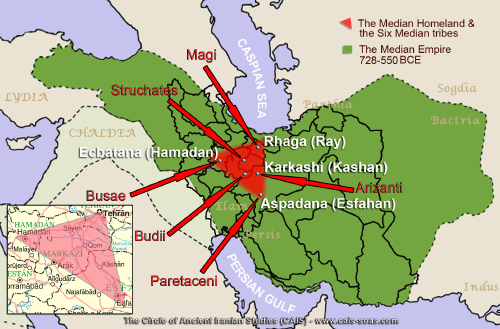 |
Before the Aryans arrived
Studies of ancient Iran during the Paleolithic era show that due to geographical and climatic conditions, small groups of aborigines lived as cavemen in the Sistan and Azerbaijan regions and earned their food. while hunting. Handmade prehistoric tools were discovered in the Zagros mountain range, Azerbaijan, Kurdistan, and Lorestan during the Paleolithic age which ended 40,000 years ago. During the Neolithic period which began 9 thousand years ago, these first humans gathered in the above regions and gathered food. Their paintings and handcrafted tools can be found in the caves of Ali-Tappeh, Hatoo, and Kamarband near Behshahr. The oldest human settlement on the Iranian plateau was Tappeh Sialk (Sialk hill) near Kashan.
At the start of the third millennium BCE, the first civilized government known as Ilam was established in the Susiana Plain, and the people of Susa (present-day Shush) invented their first Proto-Elamite alphabet. Islam stretched from the south and southeast to the center of the Iranian plateau. Before the arrival of the Medes and Persians in the first millennium BCE, the history of Iran was that of Ilam. Our information on other regions and territories in Iran during this period is exclusively derived from Babylonian tablets (in which they described the governments and neighboring states of Babylon) from the findings of archaeologists. The tribes settled from south to north were the Elamites, Kassites, Lullubi, and Guti, all descendants of a single tribe. Recently, remains of an ancient civilization have been discovered in the burnt downtown near Zabol dating back to 3,500 BC. Meanwhile, the inhabitants of Shahdad and Tappeh Yahiya had advanced civilizations before the Aryans arrived on the Iranian plateau.
 |
-After the arrival of the Aryans
From the 2nd millennium BC to the 6th century BC. Gradually the Indo-Iranian tribes moved south with their cattle from the northern areas where their farms had been destroyed by a freezing climate. One branch of these immigrants settled in India, another in Iran and the third marched to Europe. These Indo-European immigrants still led a primitive nomadic life but on their way, especially to western Iran, old Asian civilizations existed. When the Aryans arrived on the western plateau of Iran, the State of Urartu stretched from the Aras Valley to Lake Van and possessed considerable power. The Assyrians who lived in Mesopotamia and west of the Zagros mountain range had conquered powerful empires in the east. During this time, the southwest of the Iranian plateau was occupied by the Elamite tribe who had a rich ancient civilization. There is no information on the arrival of the first Aryans in Iran, nor do we know if the Elamites were dominated by the Aryans or not, but we are sure that the Kassite tribes which have a neighbor of the Ilam in the north were influenced of the Aryan tribes. The influence of the Aryans was not only manifested in the use of horses which helped them move faster but in their religion. While the first invasion of Aryans or Indo-European tribes in Iran minus the Kassites had little impact, their second invasion 500 years later had a much stronger impact. This second group of Aryans acquired their knowledge, culture, art from the native inhabitants, and gradually only one race is known as the Aryans who flourished in the land called the land the land of the Aryans who s is gradually being transformed in Iran. By "Iran" they meant Aryan or the land of noble, hospitable, and reliable people. The aboriginal tribes in Iran were gradually defeated by the Aryan immigrants and the relationship between the Aryans and the aborigines was the relationship between the dominant invaders and the defeated tribes because the Aryans regarded the aborigines as inferior in dignity and in the beginning they killed every local resident they met. The Aryans were divided into many branches among which the Medes (in the north-west and center), the Parsis (in the south), and the Parthians (in the northeast) left a great impact on Iranian history.
 |
-The Median Empire (615 BC - 549 BC)
The Midwayers were the first group of Aryans to succeed nearly seven centuries BC. to form a government stretching from west to northwest and central Iran - which was the most significant development in Iranian history. With immense public support, Diacosius succeeded in unifying several feudal governments on the Iranian plateau and formed the largest kingdom in 788 BC. Some historians believe that thanks to the strength and prowess of the Middle Tribes and their repeated wars with the Assyrians and Sogdians, Phraorte, the Second Middle King, succeeded in establishing the Middle Empire. He was the son of Diacosus and had a great role in bringing order to the midline government. Hegmataneh or the current Hamadan was chosen as the capital of the Median Empire. He built a large palace surrounded by several walls, each painted a different color, to glorify his capital. The Midwayers were very skilled metalworkers and silversmiths and valuable antiques have survived from them. After 200 years (550 BC (Cyrus, the son-in-law of the last king of the Media, put an end to the middle rule.
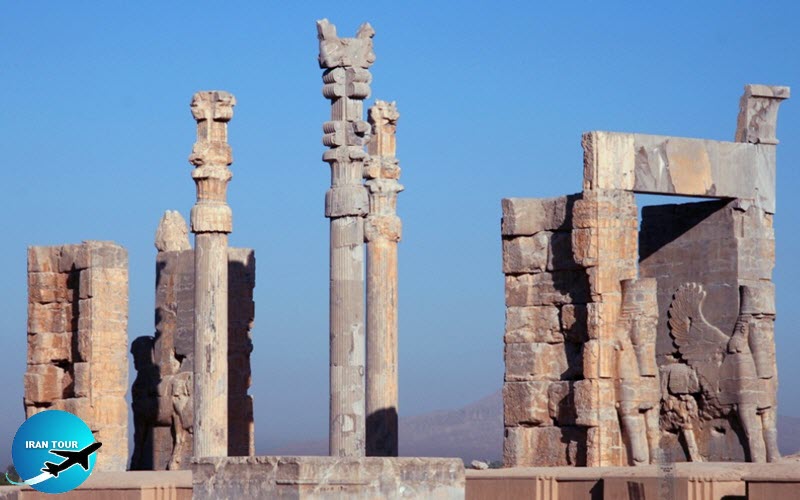 |
-The Achaemenid Empire (550 BC -230 BC)
With the start of the Achaemenid Empire around 550 BC. Cyrus, the descendant of the Achaemenid family, chooses Susa, the ancient capital of Ilam, as his capital. The Achaemenid state was known as the cradle of Asian civilization in the ancient world. The Empire grew rapidly by Cyrus through his repeated victories. The energetic young man was a first-class commander and strategist and was able to quickly seize Lydia, Babylon, and other countries and announce himself king of Anshan and Ilam. His charter of human rights which he inscribed on a cylindrical tablet in Babylon in 538 BC. was shown to various tribes and nationalities who lived in Babylon. With this charter, Cyrus provided he was magnanimous enough to observe human rights in such ancient times. Darius the Great, the third Achaemenid king extended the borders of the Achaemenid Empire from India in the east to the Adriatic Sea in the west and the Caucasus Mountains, the Caspian Sea, and Transoxiana to the north, Egypt, Ethiopia, and the Arabian Sea. Darius was the true architect of the Achaemenid Empire. He was the true architect of the Empire who invented his 10 thousand immortal soldiers ready to fight and die for him.
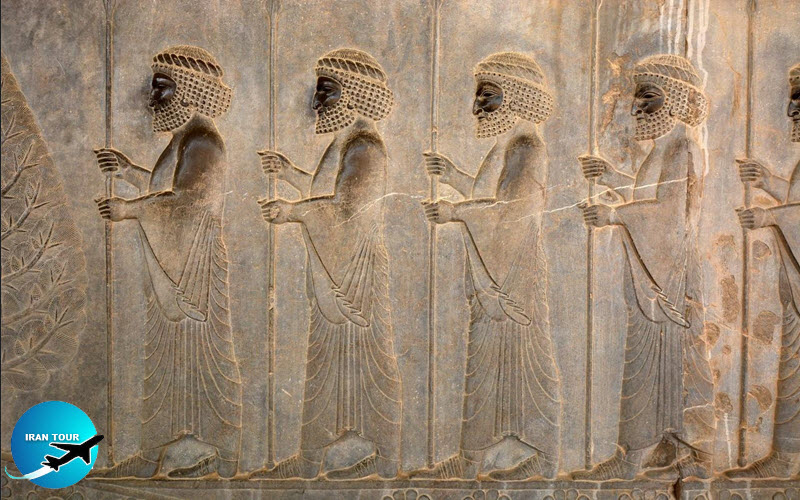 |
Iranian art flourished rapidly and reached its peak during the Achaemenid period. By building very good roads, establishing a very fast courier service throughout the empire, introducing gold and silver coins for trade, applying an appropriate legal code, and introducing a comprehensive tax system, Darius succeeded in establishing an advanced civilization. According to historians, the last Achaemenid kings turned to luxury and neglected their army and the strength of the Empire. This encouraged the young Alexander of Macedon to attack them by surprise in 330 BC. and defeat and destroy the Empire which had ruled the country and almost the world of that time for 230 years.
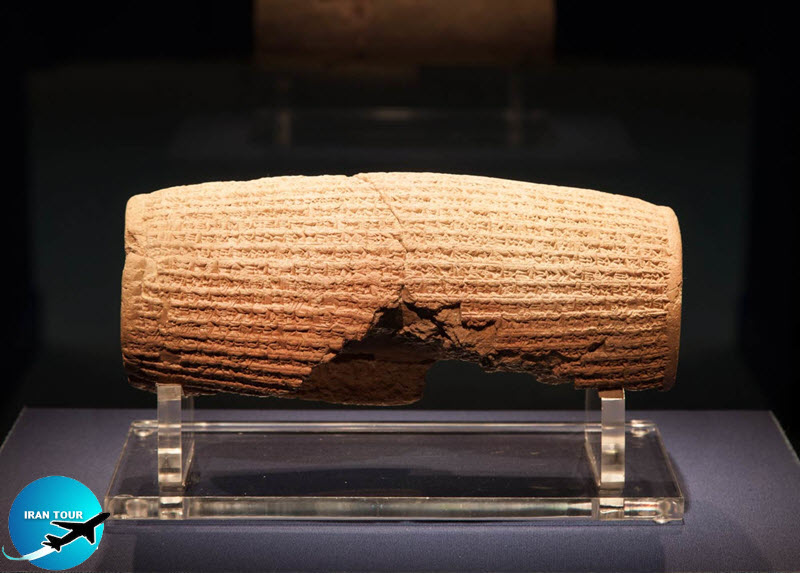 |
| The human charter of Cyrus OR the cylinder of Cyrus This terracotta cylinder was made in 538 BC. on the decree of Cyrus the Great, the founder of the Achaemenid Empire. Half of the cylinder has been inscribed in the Babylonian language and the other half containing the Cyrus code is written in the Akkadian (modern Babylonian) cuneiform language. The cylinder was discovered in the Temple of Murdoch in ancient Babylon and is now kept in the British Museum in London. Cyrus' human charter is an excellent manifestation of the patience and magnanimity of the Iranians. |
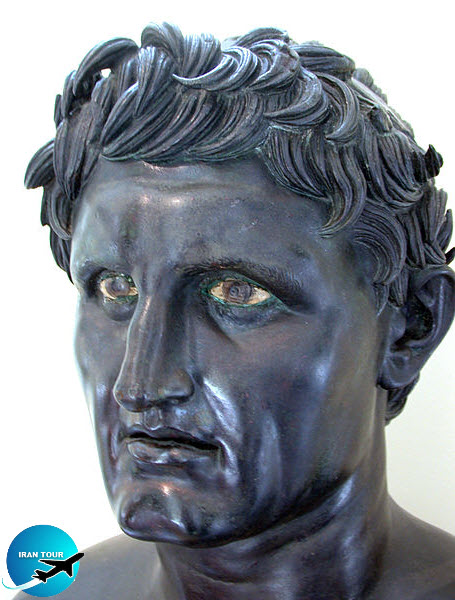 |
-Seleucid Empire (312 BC - 63 BC)
After Alexander of Macedon's invasion of Iran and his sudden death, his commanders fought for 11 years to occupy his throne. After nine years of fighting against Seleucus, whose father had served Philips, Alexander's father, occupied Babylon. He annexed Islam (present-day Khuzestan) and the middle provinces to Babylon and called his government the `` Seleucid Empire '' in 312 BC. For 248 years, the Seleucid kings ruled the country in a feudal system and were able to rule all of Iran for 65 years.
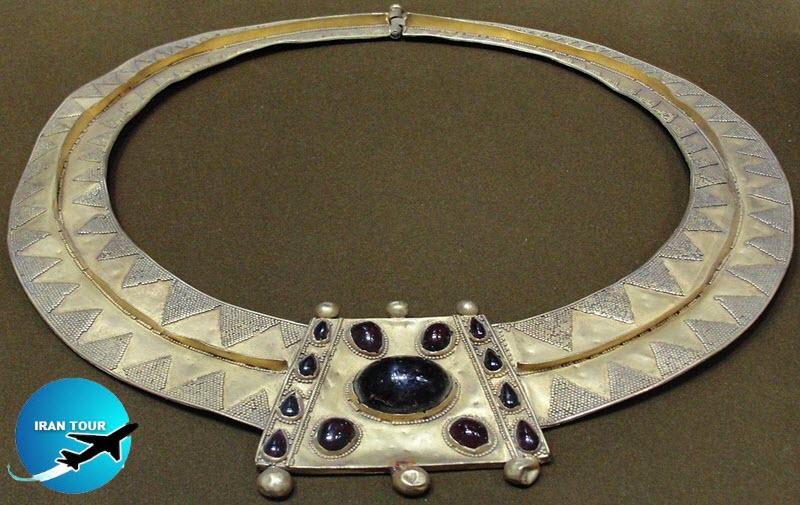 |
-Parth Empire (247 BC - 224 AD)
During the Seleucid reign (250 BC), an independent government flourished in the province of Parthia, called the Arsacid dynasty in Persian, as the name of their first king was Arsac. After consolidating their power, the Parthian kings expelled the Seleucid rulers and built a great empire, sixth in size in the ancient world. During several centuries of reign, their only rival and enemy was Rome. 29 Parthian kings ruled Iran for about 470 years. During the Parthian period, trade expanded from Syria and Phenicia in the west to India and China in the east. The Parthian kings spent most of their time fighting with barbarian invaders who harassed their land from the east and halted the progress of Rome which was gradually spreading east. Their system of government was feudal and the provincial rulers had complete autonomy. The Parthian system of government was interesting because it had two consultative parliaments. One parliament was made up of princes and nobles and the other of priests. Both parliaments limited royal authority, and kings did not have absolute power.
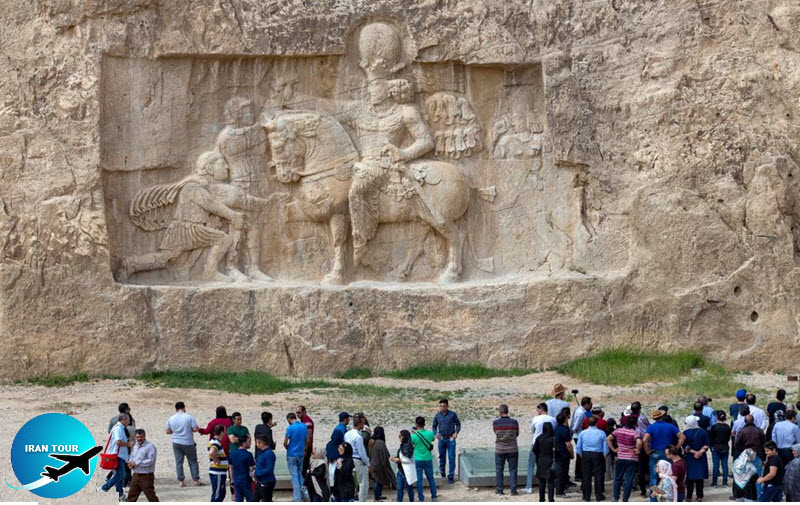 |
-Sassanid Empire (224 AD - 651 AD)
The Sassanid dynasty which succeeded the Parthians ruled Iran until the invasion of the Arabs. The Sassanid Empire was the strongest dynasty after the Achaemenid Empire in Iran and during their 400 years of rule, they left a lot of impact on Persian culture and civilization. The Sassanid kings claimed to be the descendants of the Achaemenids. Unlike the Parthian rulers, Ardashir founded his government on the basis of unity and central government. Long since Ardashir's ancestors had served as Zoroastrian priests at the Anahita temple in Fars, he established the Zoroastrian faith as the country's official faith. During the Sassanid dynasty, the empire expanded considerably and the Sassanid kings defeated Rome on several occasions. But due to the intervention of Zoroastrian priests in government affairs and ineffective kings, the Sassanid Empire gradually deteriorated and weakened. During the reign of the unfortunate Yazdgerd III, the last Sassanid king, Muslim Arabs attacked and defeated his rudderless army and the Achaemenid Empire was dissolved in AD 651.
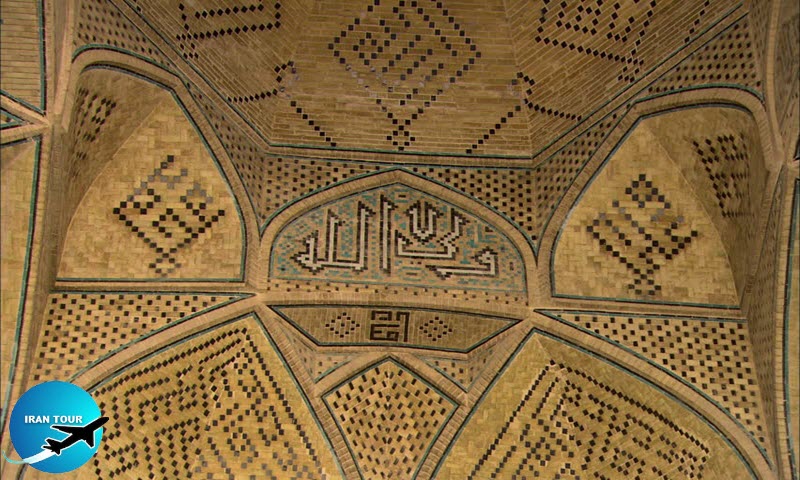 |
-Iran after the Arab invasion
A great change occurred in the history and religion of the Iranians during the seventh century after the birth of Islam and the defeat of the Sassanid Empire, the Umayyad dynasty (661-750), and the Abbasid dynasties (750-1258) ruled Islam. a world for a period of about 650 years, but their influence in Iran did not exceed more than a century, and many Arab caliphs in Baghdad were elected by Iranian governors. During the 650 of Arab rule, many Iranian tribes revolted against the Arabs. The first was the Taherian dynasty which opened up challenged Baghdad and dominated a considerable part of eastern Iran in the ninth century AD After this and before the arrival of the Seljuks the Alavi dynasty in Tabarestan (the current Mazandaran) in northern Iran near Caspian Sea to establish an independent government. The Saffarids ruled Sistan and the Samanids ruled eastern Iran, part of Afghanistan, and Greater Khorassan.
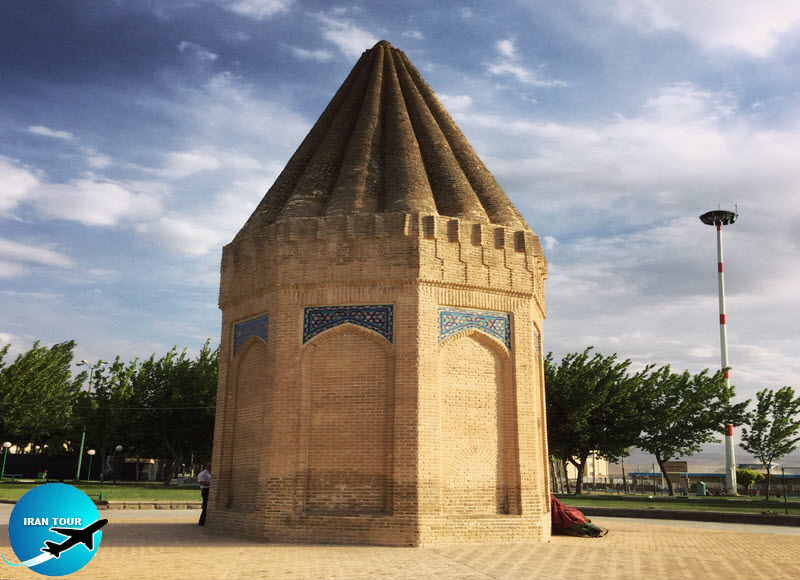 |
-Ale-Ziyar (930 AD - 1090 AD) and Ale-Buye (934 AD - 1062 AD)
After the semi-autonomous Taherrid and Saffarid governments during the reign of the Samanid dynasty in Transoxiana, several tribes of Mazandaran and Gilan succeeded in capturing large territories between Khorassan and Baghdad from the Arabs. The Ale-Ziar, Deylams, and Ale-Buye dynasties emerged at this point. Tabarestan (Mazandaran) and Deylam, which were surrounded by high Mount Alborz and dense jungles, remained independent even before the arrival of the Arabs. After the Arab conquest, thanks to the high mountains and difficult roads, the people of Mazandaran and Deylam kept their customs and faith and influenced much of Iran. After conquering Khuzestan, Ali ibne Buye conquered Fars and Ahmad Buye conquered Kerman. Ahmad walked to Baghdad in the lunar year 324 (10th century AD) and made the caliph obey him. The Buye family was the first Iranian dynasty to form a Shia system of government in Iran.
Ale Buye can be divided into three branches:
A family that reigned in Iraq, Khuzestan and Kerman.
A second family who ruled Iraq and Fars.
A third family that ruled Kerman and Fars and was defeated by Sultan Mahmud, the Ghaznavid King.
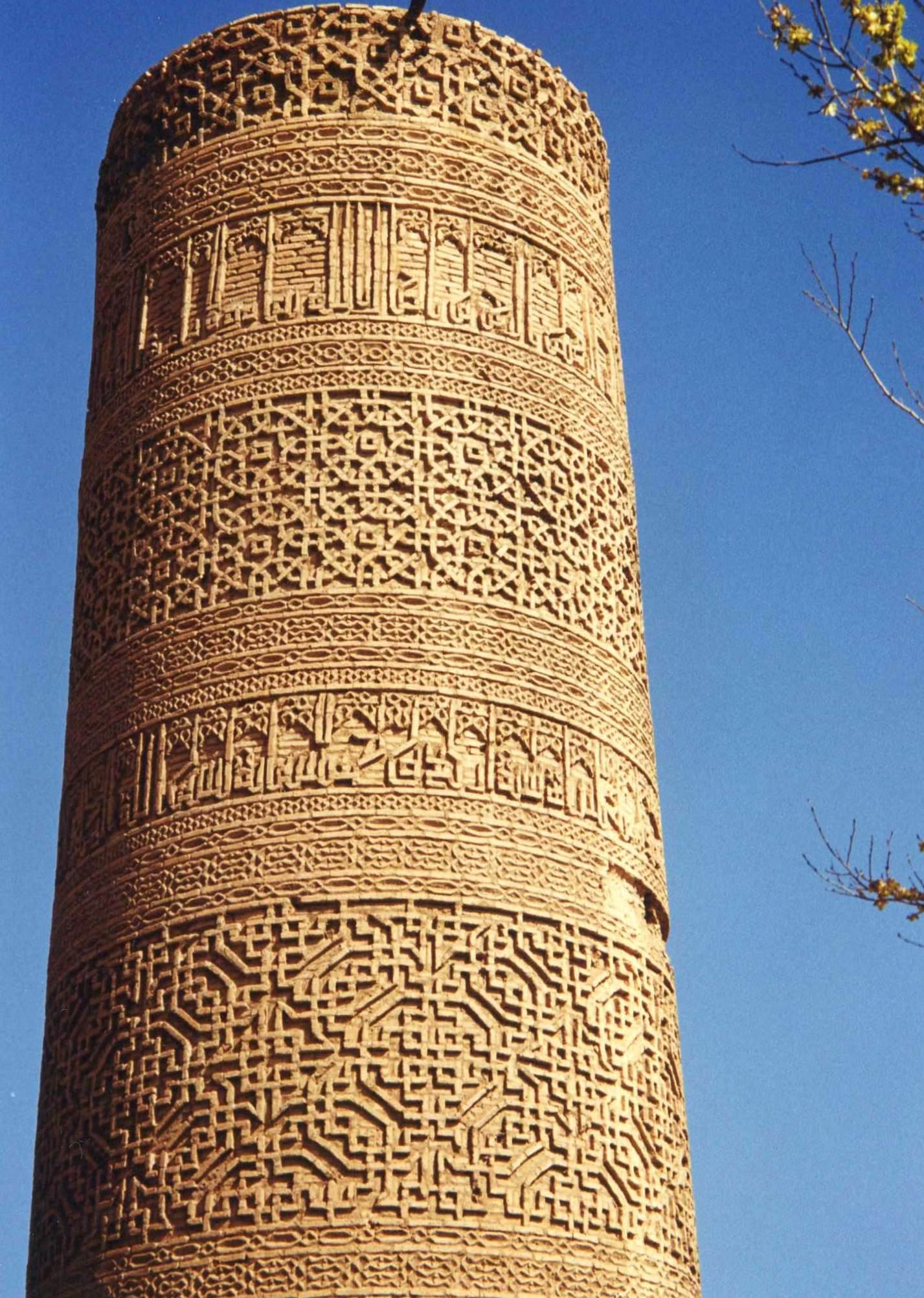 |
-The Ghaznavid dynasty (977 AD - 1186 AD)
The Ghaznavids were Muslim Turks who spoke Persian and had an Islamic system of government. Their empire stretched from the southeast of the Samanid Empire to the mountainous regions of present-day Afghanistan. During their brief reign, this dynasty (which ruled during the lunar years 388 to 432) ruled Khorassan, Sistan, Gorgan, Semnan, Ray, Isfahan, present-day Afghanistan, Kharazm, province of Chaghanian (north of the Jeyhoon River), Marv, Balkh, Harat, Sand Valley, Punjab and Multan in India.
 |
-The Seljuk dynasty (1037 AD - 1194 AD)
The Seljuk Turks came from Transoxiana, which was part of Greater Khorassan. They established the world's largest, strongest, and most stable government in the lunar year 429-590 (10th-12th century AD). Two reasons explain the consolidation of the Seljuk empire. First of all, it was a very large empire that stretched from the Seyhoon River near present-day Turkistan in the east to the Mediterranean Sea in the west and Oman in the south to Georgia in the north. The other reason was the employment of learned Iranian statesmen and competent ministers who set up an efficient administrative system for the Empire. The Seljuk Empire was so vast that Malekshah, the Seljuk king, said that the sun rises and sets in the Seljuk Empire. In order to show the vastness of the Nezamolmulk empire, a wise Seljuk minister of Iranian origin, issued warrants to soldiers fighting in Khorassan to receive money from the governor of a city in the Mediterranean Sea to show the immensity of the Seljuk Empire. . Finally, after around 150 years of rule, the Seljuks were defeated by the Nemez tribe who lived north of Khorassan. The Nemez tribe ruled Khorassan, Fars, and Kerman for 50 years.
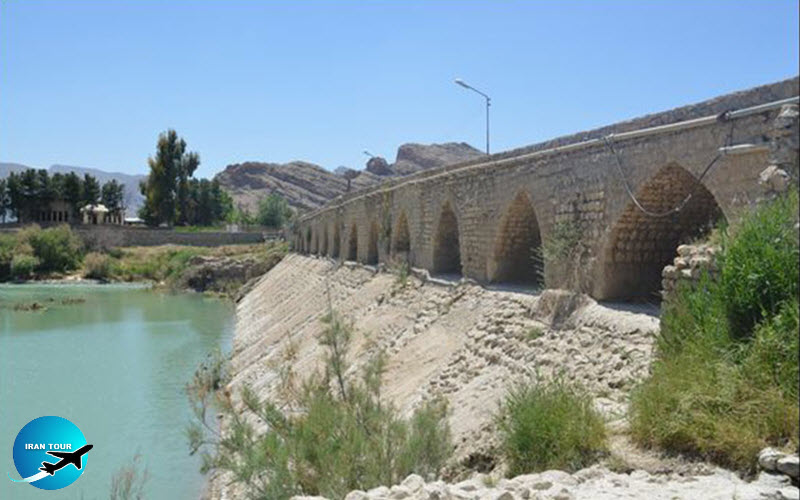 |
-Attabaks and Khwarezmian dynasties (aka Kharazm Shahian) (1077 AD - 1256 AD)
After Iran fled from Arab governors, the Iranian provinces remained feudal and semi-independent. Such a system of small governments had become widespread, especially at the end of the Ghaznavid and Seljuk period. Before the Mogul invasion, the Attabaks and Kharazmshahi tribes dominated parts of the country. The Kharazmshahians ruled from the south of Lake Urals to the Caspian Sea, Abuyard and Seyhoon in the east, and their capital which had been a famous satrapy during the Achaemenid period was called Kharazm. The Attabaks ruled Fars, Azerbaijan, Lorestan, Syria, and the mussels.
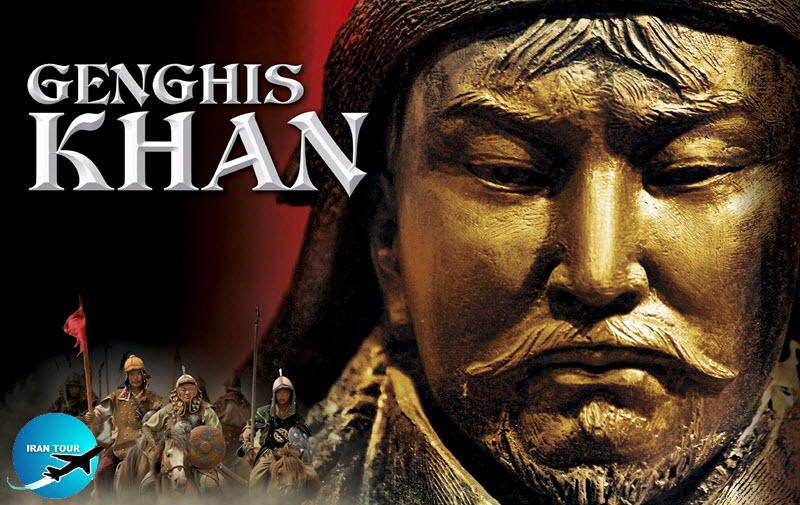 |
-Mongolian Ilkhanite (1256 AD - 1353 AD)
Genghis (aka Changiz Khan) consolidated his power in the 13th century. After conquering Beijing, the capital of China, he decided to establish trade with the West in order to improve the lives of people living in Central Asia. He established a diplomatic link with the Kharazm kings to expand his trade westward, but King Kharazm's stupid and hostile behavior prompted Changiz Khan to attack Iran. The Mongols advanced west through the north and south of the Caspian Sea. In their first assault, they destroyed Khorassan. Their attacks continued during the reign of Changiz Khan's successors as well. After complexly defeating the Kharazm dynasty and conquering Armenia and Georgia, the Mongols turned their attention to the west and defeated the Anatolian Seljuks. At first, Mongolian commanders in Iran obeyed the great Mongol Khan in Beijing and called themselves “ilkhans” (ie dependents of the great khan). But gradually the Mongols who were impressed by the culture and advanced civilizations of the Iranians changed their tactics and after many wars of destruction adopted Islam as their faith began to spread religion. Having lost their savage tempters and become civilized, Mongolian lords are fond of various arts, including painting, calligraphy and the sciences of the time. They had no system of government, and their purpose in life was to fight and to struggle. Having tired of their wild life, the learned Iranian statesmen and lords found a good opportunity to endear themselves to Mongolian rulers and to dictate their code of government. After Hulaku Khan, a grandson of Changiz Khan, put an end to the Abbasid caliphate in Baghdad, the Mongols became rulers of the vast Islamic world. But due to the weak system of government and economic problems, Mongolian leaders were forced to embrace Islam and make a series of economic, social and trade reforms. Islam helped the Mongols to expel their barbaric tribal customs and even Ghazan, a powerful Mongolian governor, changed his name to "Mahmud". He eliminated the name of the Great Khan from his plays and announced that he would no longer obey him.
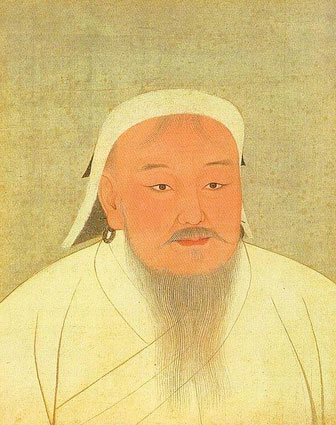 |
The adoption of Islam by the Mongols, the fall of Baghdad, and the existence of the great Iranian scholars in Mongolian courts, and their love of new sciences such as astrology, medicine and historiography paved the way to the growth of these sciences in Mongolian courts. insofar as the largest observatory in the Islamic world was established in Maragheh by Hulaku Khan. In addition, many valuable history books were written during Mongol rule in Iran. Their conversion to Islam and their adoption of Iranian-Islamic culture prompted them to embrace the Shia faith. When Uljaitu was converted to the Shia faith and built magnificent buildings in Maragheh, Tabriz and Soltanieh, he caused his tribesmen to gradually forget their barbaric customs and rites. After that, the Turks and the Mongols united in Iran. The growth of the Iranian version of mysticism is quite noticeable at this point and prominent mystical poets such as Mowlana (Jalaleddin Rumi), Attar, Jami, Hafez, and Saadi have produced excellent books. The strength of the Ilkhani Mongols increased with the arrival of Hulaku Khan and ended with the death of Abu Saeed, son of Uljaitu, in the 13th century.
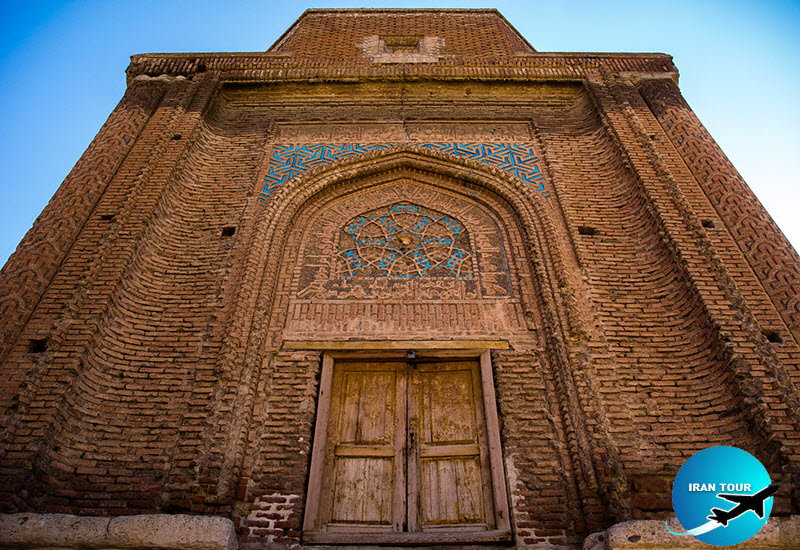 |
It was the custom of Mongol khans to appoint governors in various provinces of the country and to collect taxes at the end of each year. As a result, many local governments were established in Iran during the 13th and 14th centuries including the Gharakhtaiyans in Kerman, Injus in Fars, Emirs of Lorestan, Choopanians, Jalayeries and Sarbedars. After the death of Abu Saeed, the last Mongol khan, the Ilkhanid Empire fell into chaos. At this point, Timur, who believed to be a descendant of Changiz, attacked Iran from Transoxiana and ended the small governments that had been put in place in Iran.
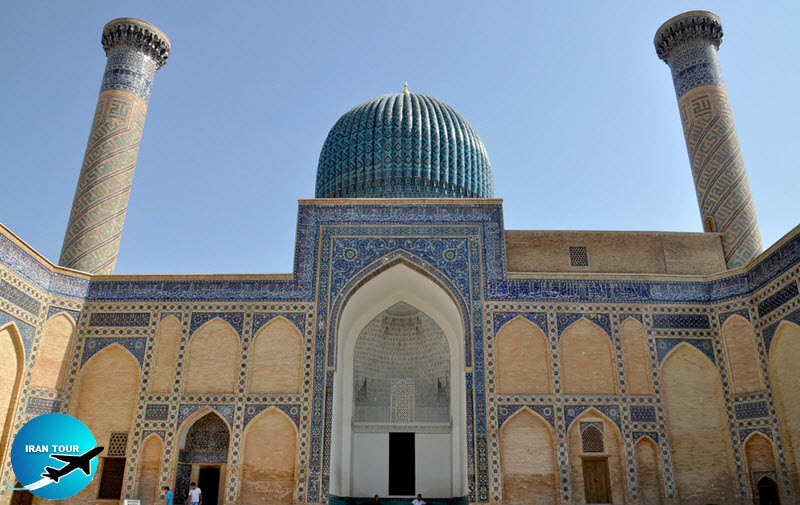 |
-Dynasty of the Timurids (1370 AD - 1507 AD)
After invading and conquering Iranian cities, Timur laid the groundwork for a government that continued from lunar year 772 to 911 (13th to 15th century AD (He chose Samarqand as the capital of his expanding empire from Eastern Turkmenistan and from China to Izmir in the Mediterranean Sea and from the Russian Steppes and from Moscow to Delhi in India. Of course, the Timurid rulers could not preserve all of these vast territories. Their fierce armies attacked and looted only new countries and withdrew with their booty. Nevertheless, the Timurid territories stretch from Transoxiana (which was the seat of its government) to Kharazm, Khorassan, Sistan, Afghanistan, Gorgan, Iraq, Georgia, Nakhjevan, Moghan, Shervan , Armenia, Zanjan and on the border of Ottoman Turkey. They also ruled Fars, Yazd, Kerman, Isfahan, Mazandaran, Lorestan, and Khouzistan. After the fall of the Timurid dynasty, several local governments were established is in various points in Iran until the arrival of the Safavid dynasty. Ismaeel, the founder of the Safavid dynasty, and his grandson, Shah Abbas the Great, ended all of these feudal territories and united them under one banner.
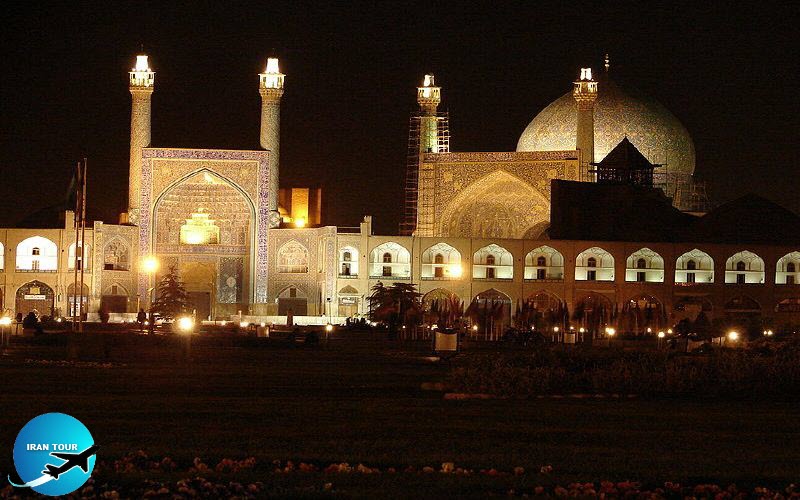 |
-Dynasty of the Safavids (1501-1736)
The Safavid government which must be seen as a new system in the Iranian political and religious system led to the independence of Iran with the Shia faith as the official religion and with a centralized government. Moreover, the creation of the new dynasty prompted Iranian artists to exhibit their culture, architecture and fine arts. During this time, trade developed with the start of diplomatic relations with Europe and neighboring countries. Shah Abbas and his successors built many caravanserais in the country to promote trade and they made the roads safer. The small Iranian dynasties that had emerged after the Arab conquest normally did not enjoy national unity and often a dynasty ruled several separate territories at the same time. Shah Esmaeel established the Safavid dynasty in AD 1500 and spent most of its time fighting with hostile tribes in the east and west of Iran. Shah Abbas the Great has built up a very strong army and equipped it with modern weapons. This enabled him to defeat all Iranian enemies, including the Ottoman Turks, and to expel the Portuguese aggressors from the Persian Gulf. Besides his military adventures, Shah Abbas built magnificent places, mosques, and bridges and spent his whole life beautifying Isfahan, the capital of the Safavid Empire. In the end, the Safavid dynasty weakened and deteriorated due to the resort to luxury and court intrigue. The Afghans, Iran's neighbors to the east, have benefited from the weakness and timidity of the last Safavid king, Shah Sultan Hussein. They attacked the Iranian capital and destroyed the Safavid dynasty.
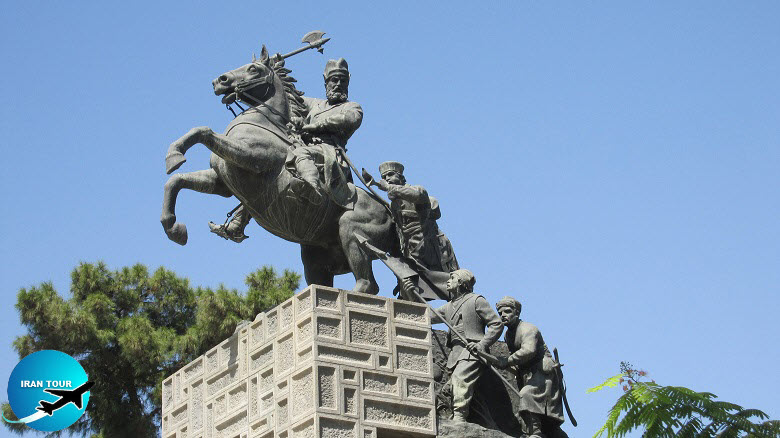 |
-Dynasty of Afshar (1736 - 1747)
After a brief conquest of Iran by the Afghans, the Iranian army under the command of Nader, a brave commander of Tahmasb Mirza, the son of the last Safavid king, defeated the Afghans after four battles and drove them out of Iran. Meanwhile, after a series of battles with Ottoman Turkey, Nader Shah scored victories in all areas. He defeated the Turkish armies and pushed them towards the Black Sea and expelled them from Armenia and Georgia. He also frightened Russian soldiers into fleeing the Caucasus. After all these conquests, this brave army commander laid the foundation for the Afshar dynasty, but after his death the vast Iranian Empire that had been unified under one banner suddenly disintegrated. The commanders of Nader's army who had regained their dignity under Nader went to war to claim the crown and Karim Khan ultimately emerged victoriously.
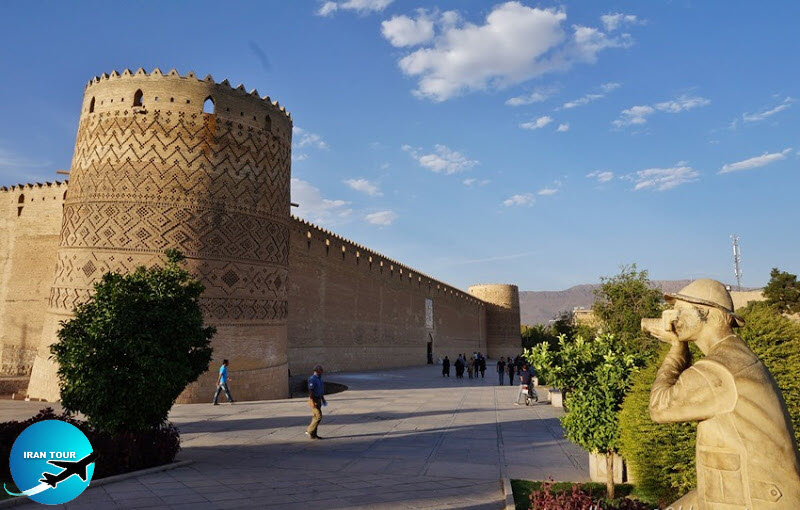 |
-Zand dynasty (1760-1794)
As we have already mentioned after Nader's death, his generals started fighting with each other and plunged the country into chaos. Finally, Karim Khan Zand, a Lor leader, defeated his rivals and after 16 years of chaos brought peace to the country. Karim Khan, who never called himself a king, chose his capital in Shiraz. He succeeded in capturing Basra from the Ottoman Empire in the lunar year 1189 (17th century) and helped Iranian statesmen control the Arvandrud River, Bahrain, and the ports in the southern Persian Gulf. After his death, his successors fought for the throne. They weakened each other with their reckless battles and paved the way for Aqa Mohammad Khan, a Qajar tribal chief, to dissolve the Zand dynasty.
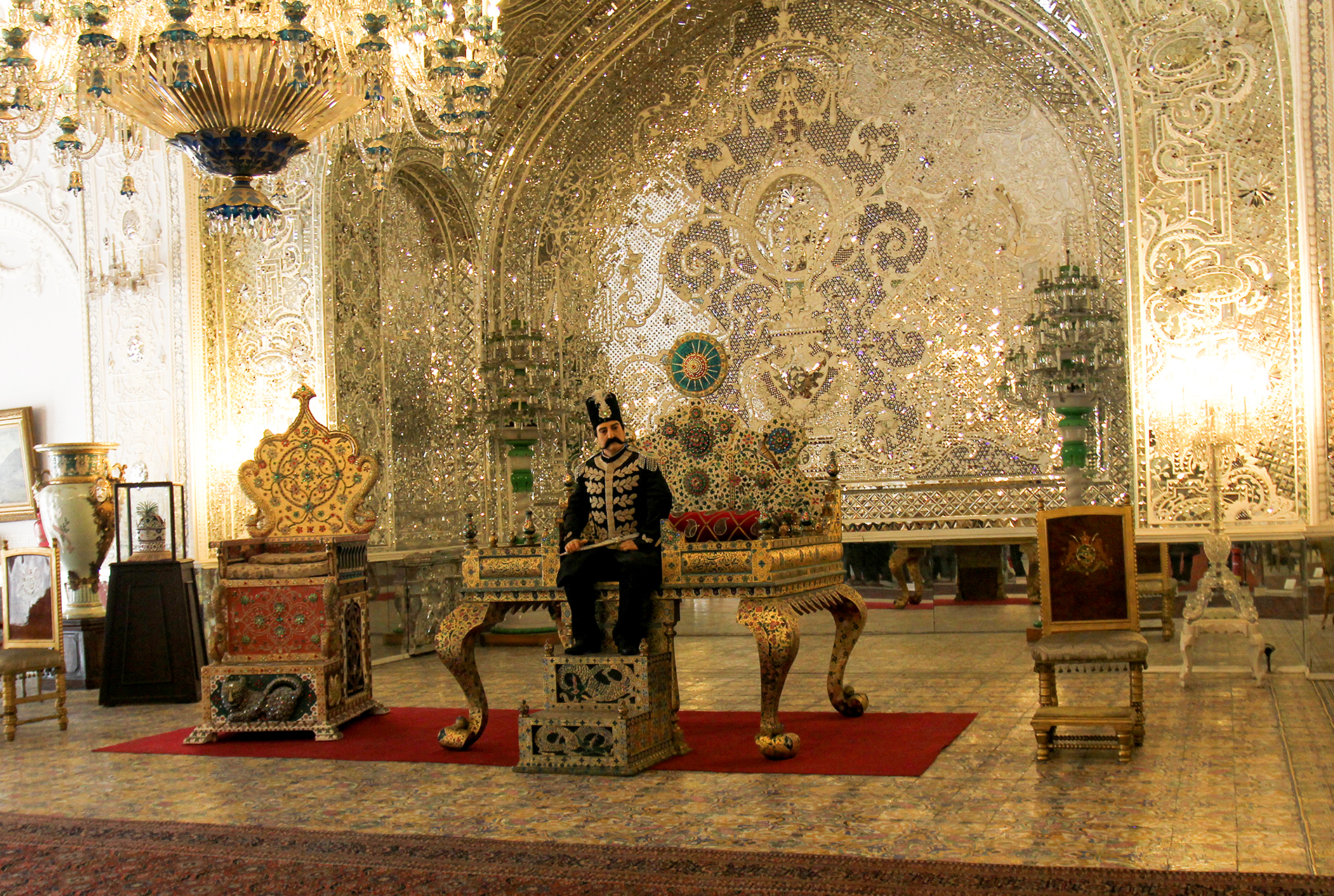 |
-Qajar dynasty (1789-1925)
The founders of the Qajar dynasty were members of the Turkmen tribe, known as the Qajars, who had been pushed into Iran from Central Asia during the invasion of the Mongols. Upon the arrival of this tribe, many feudal governors in different parts of the country either destroyed or united with each other and ultimately obeyed the king in the country's capital in a federal system. After this unification, the Iranians united under one banner. Their tribal colors have still survived in the existing Iranian banner. During the Qajar period, the British and Russian colonial powers increased their influence in Iran. They interfered in the affairs of the state and imposed shameful and degrading treaties such as the Treaties of Turkmenchay, Golestan, and Paris by fighting a weakened Iran and they separated large areas of Azerbaijan, Georgia, Armenia, Khorassan, and Afghanistan. The Qajar dynasty is famous for its incompetence and lethargy. During their reign which began in 1781 and continued until 1925, the Iranian economy deteriorated severely. Amir Kabir was one of Iran's most effective prime ministers during the reign of Naser al-Din Shah. He was the founder of Dar-al-Fonoon (College of the Arts) which was established in Tehran to teach new sciences to Iranian youth. He also founded a daily called Vaghay-e E'tefaqieh (daily events). The constitutional revolution took place during the Qajar dynasty.
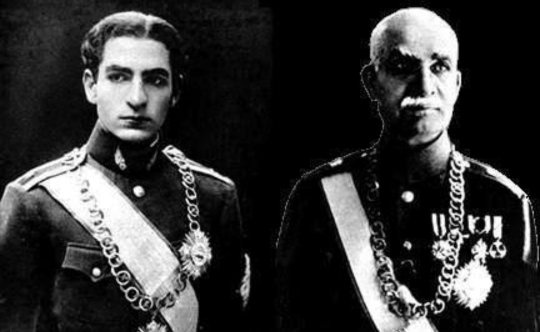 |
-Dynasty of Pahlavi (1925-1979)
The Pahlavi dynasty was established in Iran after the dissolution of the Qajar dynasty in 1925 and continued until 1979 (for a period of 53 years). The Pahlavi regime was dissolved with the start of the Islamic revolution in 1979. Two kings, namely Reza Khan and his son Mohammad Reza, ruled the country during this period. By establishing a constitutional parliament, Reza Shah officially declared himself king. He ruled the country for 16 years, but in 1941 he was forced to resign his post and leave the country after the occupation of the country by the Allies. He died in 1944 in Johannesburg, South Africa. Reza Shah took a series of steps to modernize the system of government by establishing a modern army, founding modern banking systems, and building railways and roads. He created state radio, Tehran University, developed parent industries, etc. Islamic revolution and fall of the Pahlavi regime in 1979, Mohammad Reza died in 1980 in Egypt. With the victory of the Islamic Revolution in February 1979, the monarchical system was abolished and replaced by the Islamic Republic.
-Establishment of the Islamic Republic
The Islamic Republic of Iran triumphed in 1979 under the leadership of Ayatollah Rouhollah Khomeini thanks to the massive participation of the Iranian people, political parties and the intelligentsia. The Islamic Republic, which is the existing system of government in Iran, was created in a referendum in which 98.2% of the population voted in favor.
- Details
- Category: IRAN Blog